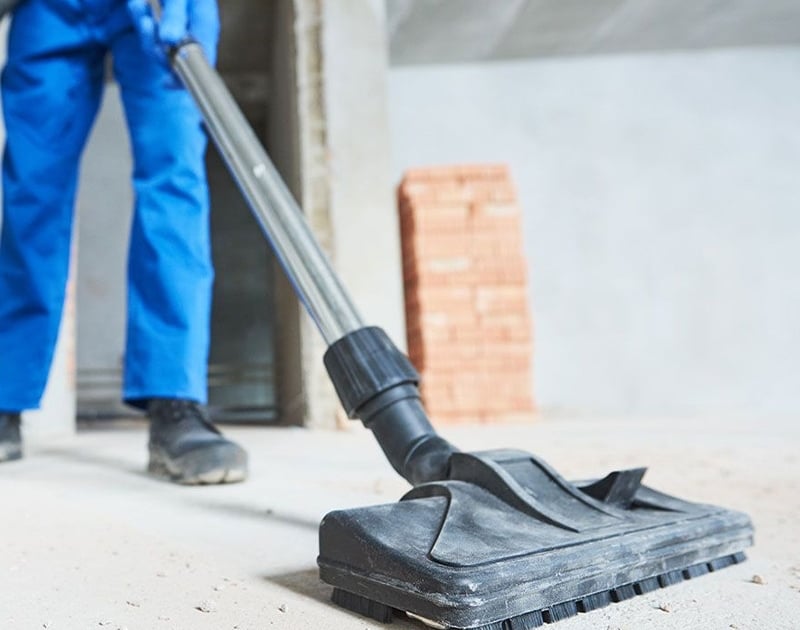Top Post Renovation Cleaning Tips for First-Time Homeowners
Just wrapped up your first home renovation? Congratulations! Now comes the less glamorous but equally important part—cleaning up. Post-renovation cleaning can feel overwhelming, especially when you’re eager to enjoy your newly improved space. But don’t worry, we’ve got you covered.
Understanding Post-Renovation Cleaning
Post-renovation cleaning targets removing the dust, debris, and residue left behind after construction or remodeling work. This step is crucial for making your newly-renovated space livable, hygienic, and appealing.
Scope of Work
Cleaning after a renovation involves more than a simple sweep and mop. You’ll need to tackle several areas:
- Surfaces: Dust and wipe down walls, ceilings, and floors.
- Windows and Fixtures: Clean glass panes, window frames, and light fixtures.
- Cabinets and Closets: Clear and sanitize storage spaces.
- HVAC Systems: Replace filters and clean vents to remove airborne dust particles.
- APPLIANCES: Move and clean behind large kitchen appliances like the refrigerator and oven.
Tools and Supplies Needed
Having the right tools makes a big difference. Here’s a list:
- Cleaning Cloths: Microfiber cloths effectively trap dust.
- Vacuum Cleaner: Use with a HEPA filter to capture fine particles.
- Cleaning Solutions: Non-toxic, all-purpose cleaners work best.
- Broom and Mop: Essential for floors.
- Scrapers and Brushes: Remove paint splatters and grime.
When to Hire a Cleaning Company
Sometimes, it’s best to leave it to the pros, especially for extensive projects. Consider enlisting services like post-renovation cleanup by Ultra Cleaning for a thorough job. They have the expertise and specialized equipment needed to deliver a spotless finish, saving you time and effort.
By following these guidelines, you’ll transform your newly-renovated home into a clean and comfortable haven.
Top Post Renovation Cleaning Tips for First Time Homeowners
Dust Removal Strategies
Start by tackling dust removal. Use a microfiber cloth for surfaces like counters, shelves, and tables. Microfiber attracts and traps dust particles effectively. For floors, use a vacuum cleaner with a HEPA filter to capture fine dust. Follow this by mopping with a damp mop. If you want to clean upholstery and curtains, a handheld vacuum or lint roller works well to remove dust.
Focus on Vents and Filters
Pay attention to vents and filters. Renovations often stir up dust, which can accumulate in HVAC systems. Remove vent covers and soak them in warm, soapy water before scrubbing with a brush. Replace or clean HVAC filters according to the manufacturer’s instructions. Maintaining clean vents and filters ensures your air quality remains high.
Safe Cleaning Products
Choose safe cleaning products. Many chemical cleaners contain harsh ingredients that can be harmful, especially in enclosed spaces. Opt for eco-friendly products that are non-toxic and biodegradable. Vinegar and baking soda work well for various cleaning tasks. Always read labels to ensure the products are suitable for the surfaces you’re cleaning.
These tips help first-time homeowners ensure their renovated spaces are clean, safe, and comfortable.
Professional Post Renovation Cleaning Service vs. DIY
Choosing between a professional post-renovation cleaning service and doing it yourself depends on several factors like budget, time, and expertise. Each option has its benefits and potential drawbacks, which are essential to consider before making a decision.
Advantages of Professional Cleaning Services
- Expertise: Professional cleaners have specialized training and experience in handling post-renovation messes. They know exactly how to tackle stubborn construction debris, dust, and residue.
- Time-Saving: Hiring a professional cleaning service saves you considerable time. Instead of spending hours, for what might take you days or weeks, experts can clean your home in a fraction of that time.
- Advanced Equipment: Professionals come equipped with industrial-grade tools such as HEPA-filtered vacuums and commercial-grade cleaners, ensuring a thorough job.
- Comprehensive Cleaning: Professionals offer a detailed cleaning that covers walls, ceilings, hard-to-reach places, and often include air vent and duct cleaning as well.
- Stress Reduction: With professionals in charge, you can focus on other post-renovation tasks, reducing your overall stress and workload.
Advantages of DIY Cleaning
- Cost-Effective: Undertaking the cleaning yourself saves you the expense of hiring professionals. This is particularly beneficial if you’re on a tight budget after renovation expenses.
- Control: DIY cleaning allows you complete control over the process. You decide which areas need more attention and which cleaning products to use.
- Personal Satisfaction: Some homeowners find a sense of accomplishment in cleaning their own space. It can be rewarding to see your efforts transform the renovated area into a clean, livable environment.
- Flexibility: You can clean at your own pace, fitting it around your schedule rather than coordinating with a professional service.
- Assess Your Budget: Review your post-renovation finances. If funds are limited, DIY may be the more feasible option.
- Time Availability: Consider your current schedule. Opt for professionals if your time is constrained.
- Evaluate the Scope: Look at the extent of cleaning required. Large-scale cleaning might be better handled by professionals.
Conclusion
Taking on post-renovation cleaning might seem overwhelming at first but it’s a crucial step in making your new space feel like home. Whether you decide to tackle it yourself or bring in the pros the key is to stay proactive and incorporate regular cleaning habits. By doing so you’ll not only maintain the beauty of your renovated home but also create a healthier and more comfortable environment for you and your family. Enjoy your fresh new space and happy cleaning!

































